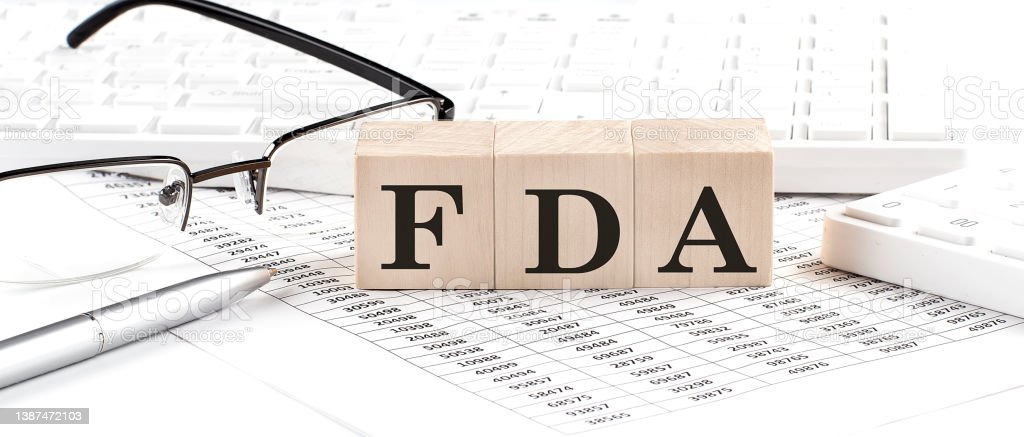1. Purpose
The purpose of this Standard Operating Procedure (SOP) is to outline the process for managing changes to analytical methods within the laboratory. This ensures that all changes are properly documented, validated, and implemented in a controlled manner to maintain the accuracy, reliability, and consistency of analytical results.
2. Scope
This SOP applies to all personnel involved in the development, validation, and application of analytical methods in the laboratory. It covers all types of changes, including minor adjustments, major modifications, and updates to comply with regulatory requirements.
3. Definitions
- Analytical Method: A detailed, documented procedure for the analysis of substances to determine their composition or concentration.
- Change Management: The process of managing changes to any component of an analytical method to ensure that the method remains accurate and reliable.
- Validation: The process of proving that an analytical method is suitable for its intended purpose.
- Controlled Document: Official documents that are managed under a defined change control process.
4. Responsibilities
4.1 Laboratory Manager
- Approves all changes to analytical methods.
- Ensures that changes are documented and validated.
- Oversees the training of personnel on updated methods.
4.2 Quality Assurance (QA) Manager
- Reviews and approves the validation of changes.
- Ensures compliance with regulatory requirements.
- Maintains records of changes and validations.
4.3 Analytical Chemists
- Propose and document changes.
- Conduct validation studies.
- Implement approved changes and ensure proper documentation.
4.4 Documentation Control Officer
- Ensures all changes are recorded in the controlled document system.
- Distributes updated methods to relevant personnel.
5. Procedure
5.1 Initiation of Change
- Proposal: Any proposed change to an analytical method must be documented using a Change Request Form (CRF). The proposal should include:
- Description of the current method.
- Detailed description of the proposed change.
- Justification for the change.
- Impact assessment on current processes and results.
- Submission: Submit the CRF to the Laboratory Manager for initial review.
5.2 Review and Approval
- Initial Review: The Laboratory Manager reviews the CRF for completeness and relevance. If acceptable, the CRF is forwarded to the QA Manager.
- Impact Assessment: The QA Manager assesses the impact of the proposed change on the quality and compliance of the analytical method.
- Approval: Both the Laboratory Manager and QA Manager must approve the change. If additional information or modifications are required, the CRF is returned to the originator.
5.3 Validation
- Plan: Develop a validation plan outlining the necessary experiments and criteria for acceptance.
- Execution: Conduct validation studies according to the plan. This may include:
- Precision and accuracy testing.
- Linearity and range evaluation.
- Sensitivity and specificity assessment.
- Documentation: Record all validation results in a Validation Report.
- Review: The QA Manager reviews the Validation Report to ensure all criteria have been met.
5.4 Implementation
- Documentation Update: Update the analytical method document to reflect the approved change. Include a summary of the change, validation results, and the effective date.
- Controlled Document Update: The Documentation Control Officer updates the controlled document system with the new method version.
- Training: Conduct training sessions for all affected personnel on the updated method. Document all training activities.
- Distribution: Distribute the updated method to relevant personnel and ensure obsolete versions are removed from use.
5.5 Post-Implementation Review
- Monitoring: Monitor the performance of the updated method to ensure continued accuracy and reliability.
- Feedback: Collect feedback from users and address any issues that arise during the implementation.
6. Documentation
- Change Request Form (CRF)
- Validation Plan
- Validation Report
- Updated Analytical Method Document
- Training Records
- Distribution Records
7. References
- Regulatory guidelines (e.g., FDA, EMA)
- Laboratory Quality Manual
- Internal SOPs related to method development and validation
8. Appendices
- Appendix A: Change Request Form Template
- Appendix B: Validation Plan Template
- Appendix C: Training Record Template
- For more articles, Kindly Click here.
- For pharmaceutical jobs, follow us on LinkedIn
- For Editable SOPs in word format contact us on info@pharmaceuticalcarrier.com
- For more information kindly follow us on pharmaguidelines.co.uk











